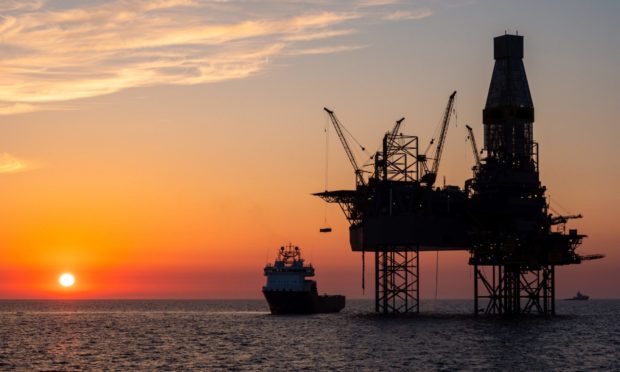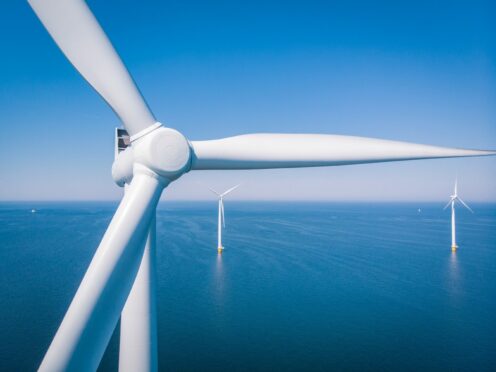We know that burning fossil fuels is not compatible with a net-zero future.
Job losses in related industries will likely be offset by significant green job creation. But these new green jobs may not be created in the same locations as where jobs in polluting industries are lost.
Renewable energy projects, for example, will be concentrated in regions with suitable natural resources. As Bill Gates has pointed out, “most of America’s wind power is in the middle of the continent, not in coal country”.
Impact will be acute in a handful of local areas
New Royal Society for Arts Manufactures and Commerce (RSA) research shows that the impacts of the transition to net-zero will be most acutely felt in a handful of local areas across parts of Scotland, Northern England, the Midlands and Wales.
Without government action, there is a risk that these areas could see a return to the 1980s – when coal and steel producing regions experienced significant decline (albeit driven by different motives).
Aberdeen has been the heart of the oil and gas industry since the 1970s. Today 11% of the workforce in Aberdeen City (19,600 people) are employed in industries related to the extraction of fossil fuels and energy production.
However, the region is also well positioned to benefit from the green jobs revolution. Both the Scottish and UK Government are investing in the Aberdeen Energy Transition Zone, which will help establish Aberdeen as a model region for low carbon development and support the transition of existing oil and gas workers to renewable energy sectors.
We need to ensure that all local economies that will be impacted by decarbonisation have access to similar opportunities.
The RSA is calling for a £1.36billion UK just transition fund to target investment towards areas with the highest share of employment in affected industries.
This is particularly crucial since many of the areas identified in our analysis are not currently ‘levelling up’ priority areas.
We argue that this fund should also be used for diversification into other future industries such as digital where potential for green job creation is limited.
New ‘job security centres’ are needed for workers
Alongside this, we recommend that these local areas are supported to pilot new transition services.
These ‘job security centres’ would reimagine the Jobcentre Plus to provide workers with a more end-to-end service, including data-driven insights about local labour markets, as well as career coaching and access to training opportunities to help workers find jobs in future industries.
These pilots should also include experiments with new approaches to welfare such as a basic income that will be critical to support workers as they navigate changing labour markets.
The message of COP26 has been that business cannot continue as usual – we need to be imaginative to make sure that decarbonisation works for communities in Scotland and the rest of the UK.
Fabian Wallace-Stephens is a senior researcher at the Royal Society of Arts, Manufactures and Commerce (RSA) and author of its Decarbonisation Dynamics report.


